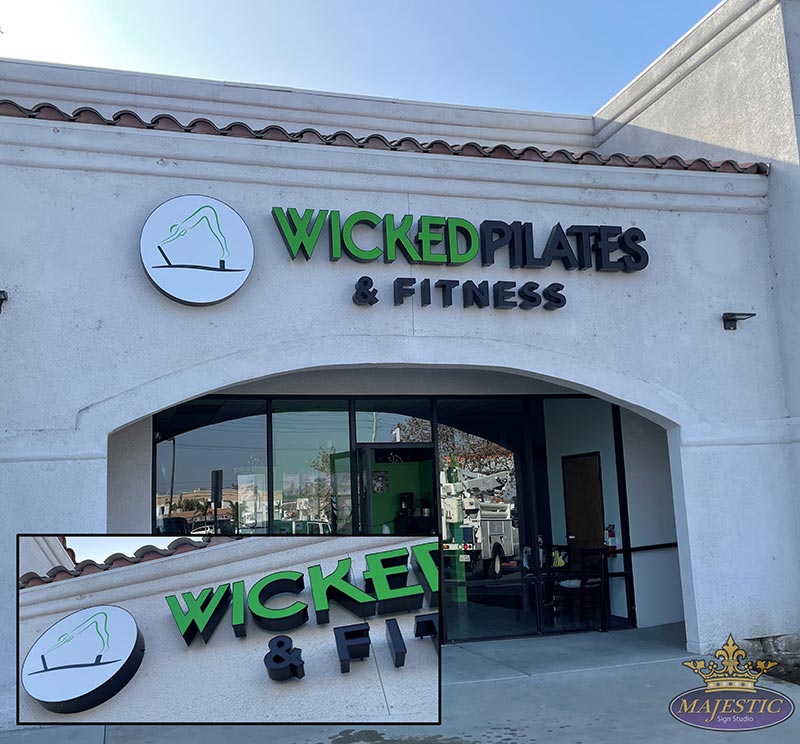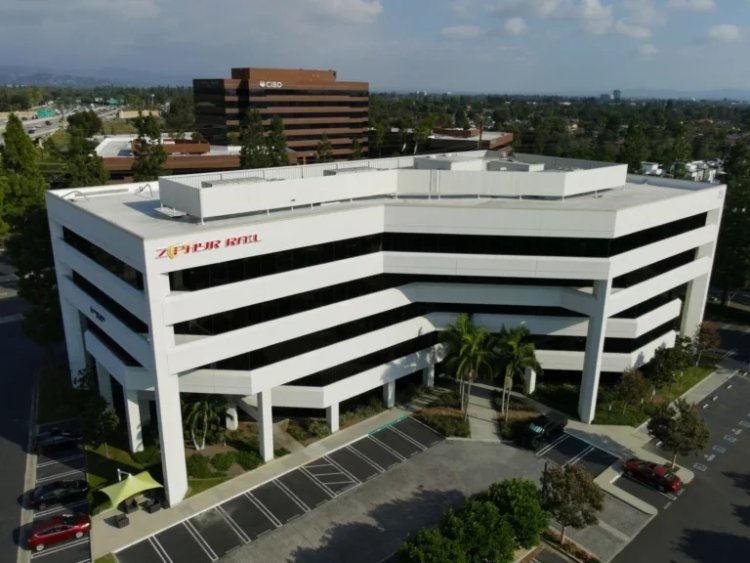
In the ever-evolving world of digital marketing, one thing remains true: content is king. But how does content specifically impact your SEO service? If you’re looking to improve your website’s visibility, drive more organic traffic, and ultimately boost conversions, understanding the role of content in SEO is essential. In this post, we’ll dive into why content is crucial for SEO, the types of content that can drive traffic, and how to optimise your content for maximum search engine visibility.
Why Content Is Crucial to SEO
SEO, or Search Engine Optimisation, is the process of improving your website’s rankings on search engines like Google. While many factors contribute to a strong SEO strategy, content is the primary element that search engines rely on to understand your website.
Google’s algorithms prioritise high-quality, relevant content that matches search intent. This is why content is so important for SEO—it provides the context that search engines use to determine whether your site should rank higher or lower for specific keywords.
In fact, Google’s search algorithm places significant emphasis on E-E-A-T—Experience, Expertise, Authoritativeness, and Trustworthiness. Content that aligns with these criteria will not only rank better but also engage users, leading to more time spent on your site, lower bounce rates, and higher conversions.
Types of SEO Content That Drive Traffic
To succeed in SEO, you need more than just a few blog posts scattered across your site. A robust content strategy should include various types of content that work together to attract and retain visitors.
Blog Posts and How-To Guides
Blog posts allow you to target specific long-tail keywords and answer common questions within your niche. How-to guides are especially effective for demonstrating your expertise, offering actionable insights, and driving targeted traffic.
Landing Pages (Product/Service Pages)
These pages should be optimised for conversion, incorporating both high-quality content and clear calls to action (CTA). They should answer all the potential questions a user might have about your product or service.
Pillar Content & Topic Clusters
Pillar pages serve as comprehensive resources on a broad topic and link to several related cluster pages. This structure helps search engines understand the depth of your content and boosts your rankings for a broader range of keywords.
Infographics and Visual Content
Infographics and other visual content (e.g., charts, diagrams) make complex information digestible and shareable. Visual content also encourages social sharing and backlinking, which are both essential for SEO.
FAQs and Long-Form Content
Frequently Asked Questions (FAQ) sections and long-form content (over 1,000 words) tend to rank well because they thoroughly address a topic and provide value. Google’s algorithms favour in-depth, comprehensive content that answers users’ queries.
Videos, Podcasts, and Transcriptions
Multimedia content like videos and podcasts is increasingly popular. YouTube is the second-largest search engine in the world, and podcasts have a growing audience. Make sure to transcribe your videos and podcasts for SEO optimisation, as search engines can crawl these transcripts.
Keyword Integration Without Keyword Stuffing
For your content to rank well, it needs to be optimised for the right keywords. However, it’s essential to integrate keywords in a way that feels natural, as overstuffing content with keywords (a practice known as keyword stuffing) can hurt your rankings.
Here’s how to do it right:
- Use primary keywords in your title, headers, and throughout your content where it makes sense.
- Include semantic keywords (LSI keywords) that are contextually related to your primary keyword.
- Focus on user intent: Consider the searcher’s motivation. Are they looking for information, to make a purchase, or to solve a problem? Tailor your content to meet their needs.
Tools like Google Keyword Planner, Ahrefs, and SEMrush can help you discover the most relevant keywords for your niche.
Content Structure and SEO Optimisation
The structure of your content plays a vital role in both user experience and SEO. Well-structured content is easier for both users and search engines to navigate.
- Heading Hierarchy: Use H1 for your main title, H2 for subheadings, and H3 for further divisions within the content. This helps search engines understand your content’s hierarchy and improves readability for users.
- Meta Titles and Descriptions: Craft compelling and concise meta titles and descriptions for each page. These elements appear in search results and influence click-through rates.
- Internal Linking Strategy: Linking to other relevant pages within your site helps search engines crawl your website more effectively and encourages users to explore more of your content.
- Image Alt Text and Media Optimisation: Use descriptive alt text for images and optimise your images for faster load times. This improves accessibility and allows search engines to index your images.
- Readability and Formatting: Break your content into easily digestible chunks with short paragraphs, bullet points, and clear headings. Google values content that provides a great user experience.
Freshness and Consistency Matter
Search engines love fresh, relevant content. Regularly updating old blog posts, articles, and product pages with new information signals to Google that your site is active and authoritative. Additionally, maintaining a consistent publishing schedule shows Google that you’re consistently providing value to users.
Creating an editorial calendar for your content will help you stay organised and consistent in your publishing efforts.
Content and Backlinks: A Two-Way Street
Content and backlinks go hand in hand. High-quality, valuable content is more likely to attract backlinks from other websites. Backlinks are one of Google’s most significant ranking factors—they serve as votes of confidence from other sites, signaling to Google that your content is trustworthy.
Creating link-worthy content, such as original research, in-depth guides, and valuable resources, will naturally attract backlinks. Additionally, guest posting and content syndication can help build a strong backlink profile.
Measuring the Impact of Content on SEO
To understand whether your content is effective, you need to track its performance. Here are some key metrics to monitor:
- Organic Traffic: The amount of traffic coming to your site from search engines.
- Bounce Rate: The percentage of visitors who leave your site after viewing only one page.
- Average Time on Page: The amount of time visitors spend on your content.
- Keyword Rankings: The position of your target keywords in search results.
- Backlinks: The number and quality of backlinks pointing to your content.
Google Analytics and Google Search Console are essential tools for tracking these metrics and optimising your strategy.
Common Mistakes to Avoid
While content is crucial for SEO, it’s easy to make mistakes that can harm your rankings. Here are some common content-related SEO mistakes to watch out for:
- Thin Content: Content that offers little value or is too short to provide any meaningful information.
- Duplicate Content: Having the same content on multiple pages or sites can lead to Google penalising your site.
- Keyword Overuse: Overloading your content with keywords makes it hard to read and can result in penalties.
- Ignoring Mobile Readability: Make sure your content is mobile-friendly, as more users are browsing on smartphones than ever before.
Final Thoughts
Content is the backbone of your SEO strategy. Without high-quality, relevant, and well-optimised content, ranking well on Google and attracting organic traffic is nearly impossible. By producing valuable content, integrating the right keywords, and ensuring a great user experience, you can significantly improve your website’s SEO performance.
SEO service plays a critical role in this process, helping you fine-tune your content strategy to maximise results. Ready to take your SEO strategy to the next level? Contact us today for a content audit, SEO consultation, or to learn more about our professional SEO services.





